Dreams have been our companions since the beginning of time and dreams across cultures have been acknowledged long before psychology gave us terms like the unconscious mind or rapid eye movement. Ancient civilisations already honoured dreams as messages from the Divine, portals to other worlds, or instructions for healing, prophecy, and creation.
While modern science may still debate their exact purpose, many cultures across the globe have always known that dreams matter. In fact, in some traditions, they’re seen as more real than waking life.
In this article, we explore how people throughout history and across cultures have viewed, used, and interpreted their dreams. You might find your own dream life reflected in some unexpected places.
Why dream interpretation is universal
Across every continent and tradition, dreams have been regarded as significant, both spiritually and practically. Whether it’s a shamanic vision, a prophetic dream, or a symbolic puzzle to decipher, dreams have often held sacred status. Why? Because they bypass the logical mind and speak in the language of symbols, sensations, and emotion.
Some dreams are mundane. Others are vivid, powerful, or strange. But in many worldviews, all dreams are invitations and signposts from the soul, ancestors, or spiritual realms, if we’re willing to listen. As someone who dreams vividly every night, I can attest to the fact that dreams for me are definitely something I feel I’m meant to take note of. They may not all carry equal weight, but they are always noteworthy to me.
Ancient Mesopotamia – Dream omens on clay
Ancient Mesopotamia (especially the Sumerians and Babylonians) considered dreams to be divine communications, often from gods like Enki or Ishtar.
- King Gilgamesh’s dreams in The Epic of Gilgamesh are early examples of dream prophecy
- The Babylonian Dream Omens, found on clay tablets, show the systematic attempt to catalogue dream symbols — some seen as signs of blessing, others as warnings
Long before Freud or Jung wrote about dreams, the people of ancient Mesopotamia had already established a detailed system of dream interpretation — and they recorded it on clay. Among the Sumerians, Babylonians, and Assyrians, dreams were considered divine messages, often sent by gods. Whether warning of political upheaval or foretelling fertility, these nocturnal visions were taken seriously.
Priests known as baru specialized in divination, decoding dreams as part of a larger spiritual toolkit that included astrology, omens, and ritual. They compiled extensive catalogues — like the Iškar Zaqīqu (“Series of Dreams”) — listing dream symbols with their associated meanings.
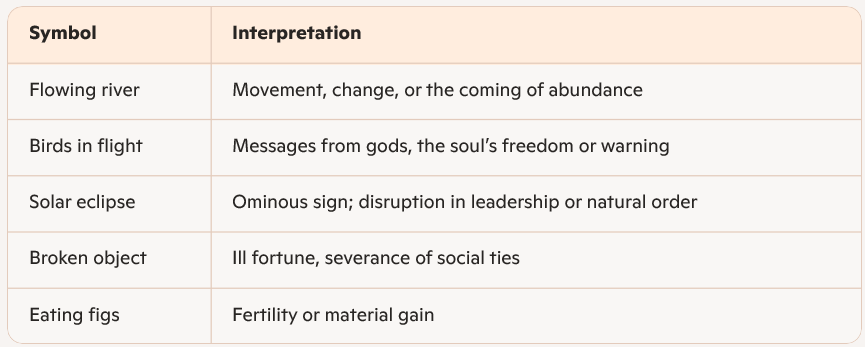
What’s striking is how these dream lexicons reflect societal concerns — agriculture, rulership, death, and the balance of nature — showing that in Mesopotamia, dreams weren’t personal puzzles; they were public prophecy.
Reflection: What symbols appear in your dreams lately? If you were an ancient dream priest with a clay tablet in hand, what stories would you record?
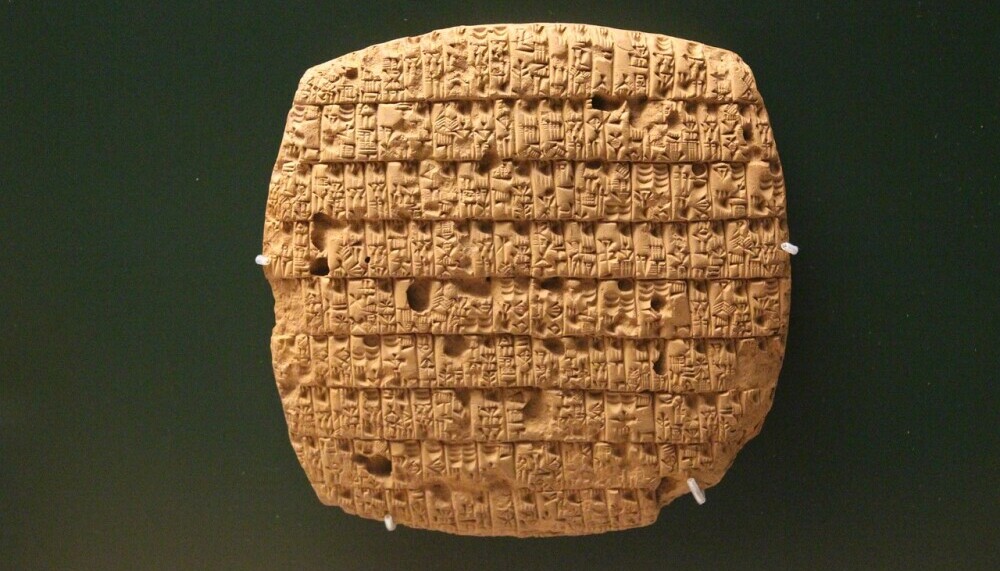
Ancient Egypt – The divine dream temples
The Egyptians believed dreams were divine communication from gods or the deceased. They even built temples dedicated to dream incubation, where priests and pilgrims would sleep in sacred chambers and await healing visions or guidance. These dreams were often interpreted by trained temple dream-workers.
Notably, dreams in Egypt were linked to the god Bes (protector of sleep and birth) and Serapis, who was associated with healing through dreams. Dreamers might wake with cures, instructions, or symbols believed to come directly from the gods.
? Reflection: Can you create your own ‘dream temple’ space at home? Perhaps a quiet corner of your room with the intention to receive wisdom during sleep.
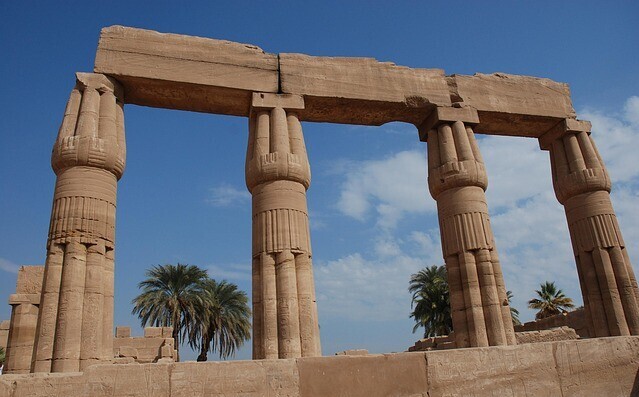
Aboriginal Australia – The Dreamtime
Among Aboriginal Australian peoples, The Dreaming or Dreamtime is not just a mythological past—it is a sacred, timeless realm from which all life emerges. It exists parallel to the physical world and can be accessed through dreams, song, dance, and ritual.
In these traditions, dreams connect individuals to their ancestors, spirit guides, and Country (the sacred land). Dreaming isn’t something that happens to you – it’s a way of being.
Animals, ancestors, and natural features in the landscape are all part of the same spiritual map, and dreams help navigate it. Storytelling, songlines, and artwork often stem from dream revelations.
? Reflection: How might your dreams connect you to the land you live on—or to ancestral wisdom running through your lineage?

India – dreams in Vedic and yogic tradition
In ancient Vedic philosophy, dreams were seen as reflections of karma, impressions from past lives, and glimpses into deeper spiritual truths. The Mandukya Upanishad (a sacred text) outlines four states of consciousness: waking, dreaming, deep sleep, and turiya—pure awareness beyond all states.
In yoga and Ayurveda, dreams may arise from imbalances in the doshas or as signs of spiritual growth. Lucid dreaming is also seen as a potential byproduct of deep meditative states.
In Tibetan traditions, particularly Tibetan Dream Yoga, dreaming is a path to enlightenment. Practitioners aim to maintain awareness through the dream state, using dreams to dissolve illusions and train the mind in compassion and presence.
?♀️ Reflection: Can you carry your awareness into the dream world? If your dreams were messages from your soul, what are they teaching you?
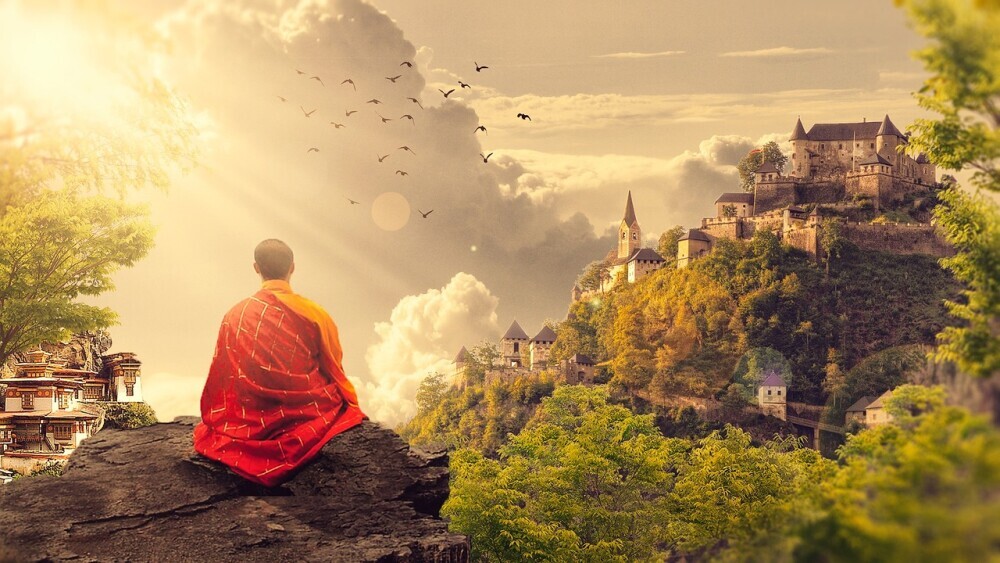
Indigenous North America – spirit messages and dreamcatchers
For many Indigenous cultures across North America, dreams are sacred messages from the spirit world. Some dreams come from animal spirits, others from ancestors, and some serve as warnings or blessings.
A vision quest—often involving fasting and solitude—might lead to a powerful dream that marks one’s life path or spiritual role in the community.
The well-known dreamcatcher originates from the Ojibwe (Chippewa) tradition. Hung above beds, it is said to allow good dreams to pass through the web and flow down the feathers, while catching bad dreams and burning them away with the morning sun.
? Reflection: What animals or symbols regularly appear in your dreams? Do they have a personal or cultural significance to you?
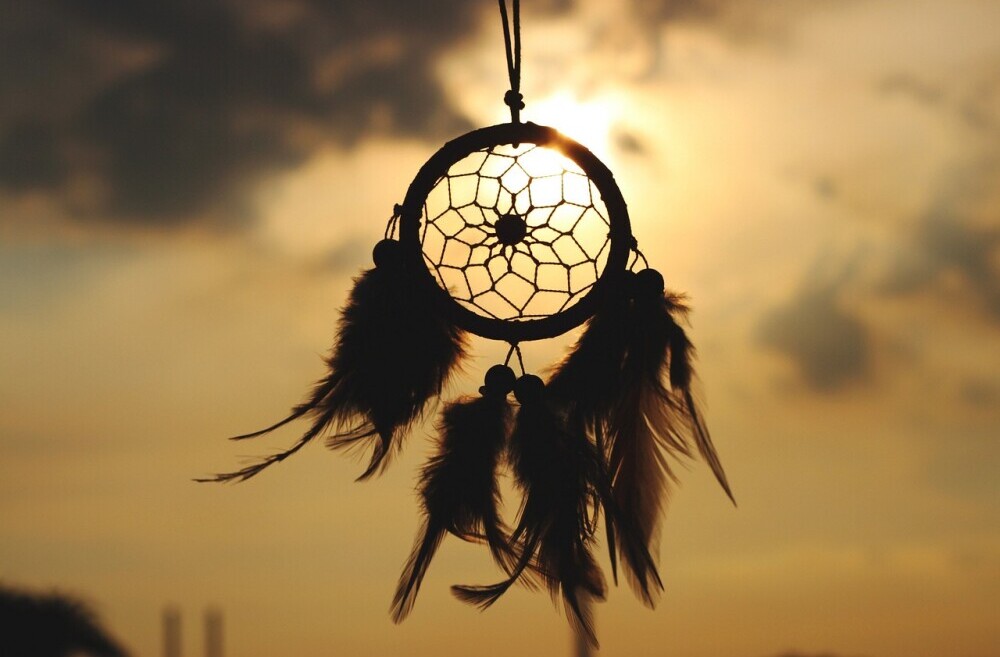
Greece & Rome – prophets, temples, and gods
In ancient Greece and Rome, dreams were thought to come from the gods, particularly through the Oneiroi—spirits of dreams. Dream interpretation was often conducted by oracles, priests, or philosophers.
The god Asclepius, associated with healing, had temples known as Asclepions where people would sleep and receive dreams of cures. In these temples, snakes were often present—symbols of healing, death, and rebirth.
Philosophers like Artemidorus wrote entire manuals on dream interpretation, listing common dream symbols and their meanings in different contexts.
? Reflection: If a god or spirit visited your dream tonight, what message might they bring?
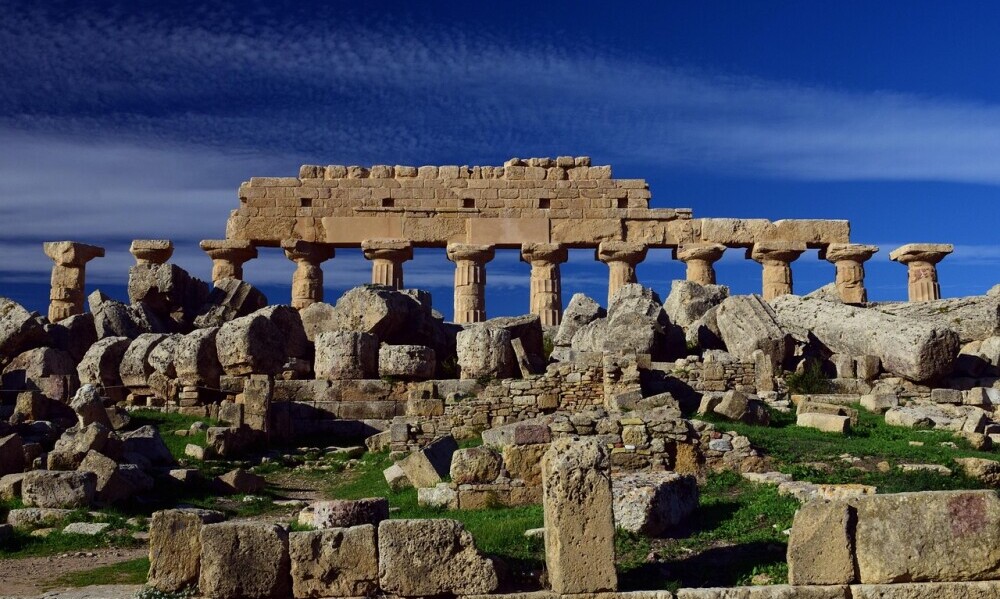
Christian and Islamic dream traditions
In the Christian Bible, dreams are frequently used as a way for God to communicate—think of Joseph’s dream about Mary, or the Pharaoh’s dream interpreted by Joseph in the Old Testament.
In Islamic tradition, dreams are also seen as a source of divine wisdom. The Prophet Muhammad is said to have received dreams that shaped early teachings. Some Islamic scholars developed frameworks for dream interpretation (called ta’bir), and dreams were categorised as either divine, demonic, or arising from the self.
Sufi mystics also pay great attention to dreams, seeing them as a bridge between the visible and invisible worlds.
? Reflection: Have you ever had a dream that felt like a clear sign or message? What did it change for you?
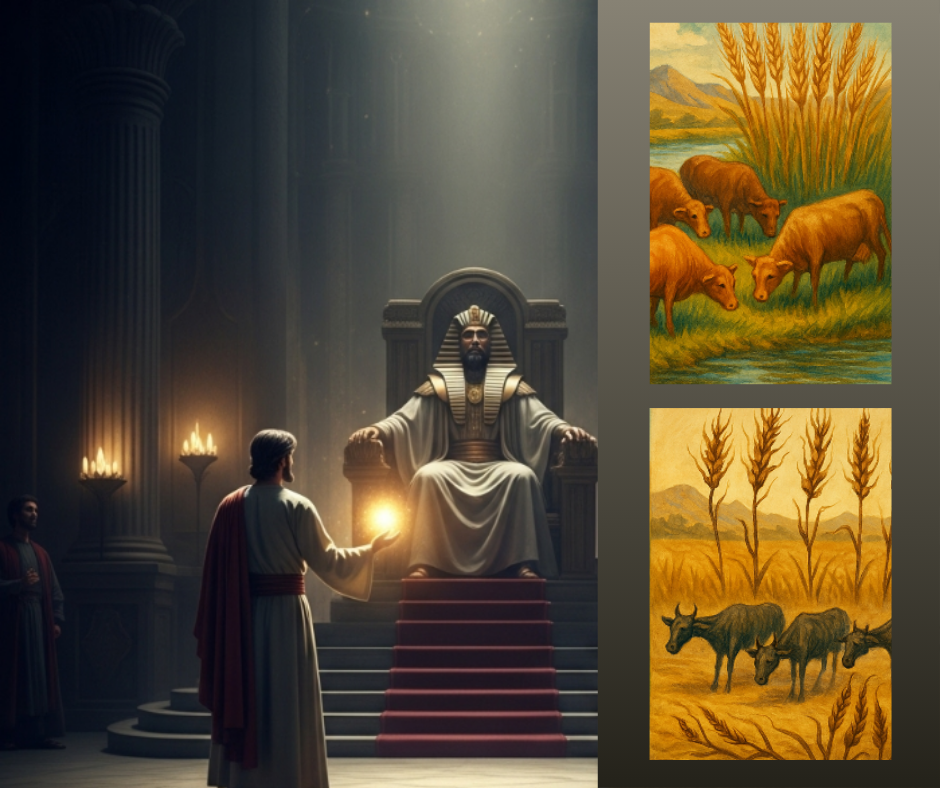
Shared symbols, different meanings
While cultural interpretations vary, many dream symbols show up again and again across the globe but these meanings are fluid, not fixed. The most important interpreter of your dream is you.
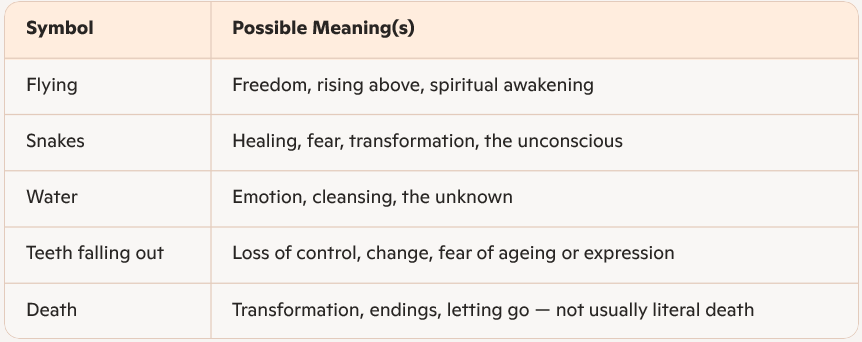
What we can learn from ancient wisdom today
Modern life often encourages us to brush dreams aside as mere brain noise or stress release. But ancient cultures remind us of something deeper: that our inner worlds hold clues, truths, and stories worth listening to.
Across traditions, dreams are seen as:
- Tools for healing and transformation
- Connectors to our ancestors, land, and spirit
- Vehicles for creative expression
- Warnings, revelations, or confirmations
- A sacred language of the soul
What if we stopped treating dreams as odd or unimportant, and instead gave them a seat at the table?
We are all dreamers, just as our ancestors were. Whether you believe dreams come from the brain or the soul (or both), they can be rich with meaning and beauty.
So tonight, as you lie down, remember this: You are stepping into a tradition shared by pharaohs, poets, mystics, and medicine women. Let your dreamtime be sacred. Let it speak.
And in the morning, see what wisdom has found its way to you. Please let me know in the comments what you found!
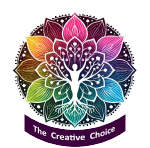
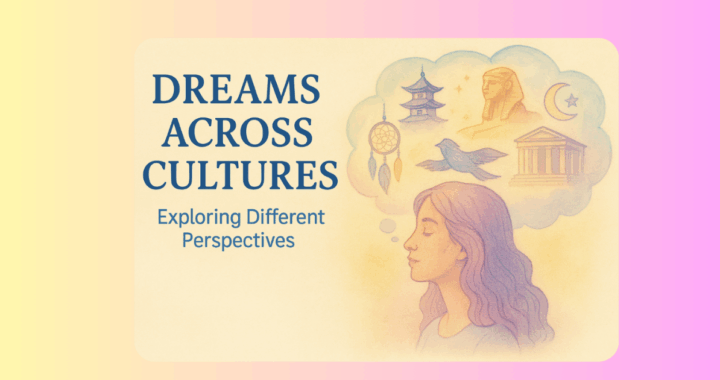

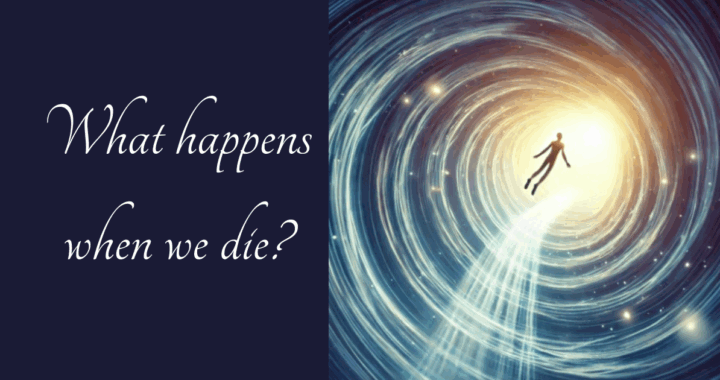
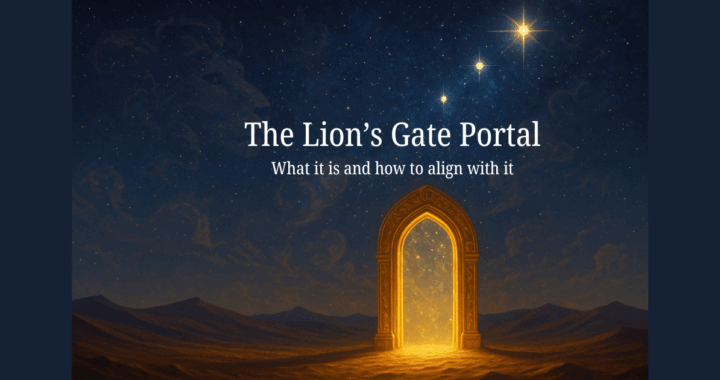
Interesting article!! While almost everyone dreams every night, the content and even the intensity of our dreams may vary. Dreams are generally considered to be healthy to the human body, too. Especially during REM sleep, dreams are believed to help consolidating and solidifying our memories. Dreams can even help us with coping and processing our emotions. Here is a little interesting tidbit of information concerning dreams in the Holy Bible: In Daniel chapters 2 and 4, Daniel interpreted two different dreams for King Nebuchadnezzar. Great article!!
Best wishes,
Kent
Hi Kent. Thanks for your insights and information here. I love that you are interested in dreams and think they can help you in your everyday life, as I do too. I know that the bible, along with many other religious books, has lots of references to dreams which can make them more relevant to people if they follow a particular faith. I think that what is clear from the article, is that dreams are universal and represented by many different faiths and religions so I’d say we need to look at the common factor and accept our dreams as something from the Divine. Have a great day. Gail
The part about Aboriginal Australia’s “Dreamtime” truly stirs something deep it’s not just storytelling; it’s a sacred state of being. The idea that dreams aren’t random flickers but spiritual paths connecting us to land, ancestors, and cosmic truth is humbling. It reminds us that we belong to something greater, something eternal. How would life change if we approached our dreams as sacred teachings rather than mental leftovers? Could honoring our nightly visions help us realign with the rhythms of nature and our soul’s purpose?
Dreams are the original spiritual language whispered in images, symbols, and emotions. Whether you’re a city dweller or forest wanderer, you carry an ancient map within, waiting to be read under moonlight. So light a candle, set an intention, and enter your personal “dream temple.” There’s wisdom waiting.
Hi again Ravin. Good to see you back. Thanks for your insightful comments here. I totally agree with what you say. We spend so much time being ‘programmed’ by the ‘machine’ to cut off from our personal power and follow the ‘rules’ that we forget who we really are. By looking deep within ourselves, including at our dreams, we can start to redress the balance and take back our truly amazing, unlimited power. Have a wonderful day, Ravin. All the best. Gail